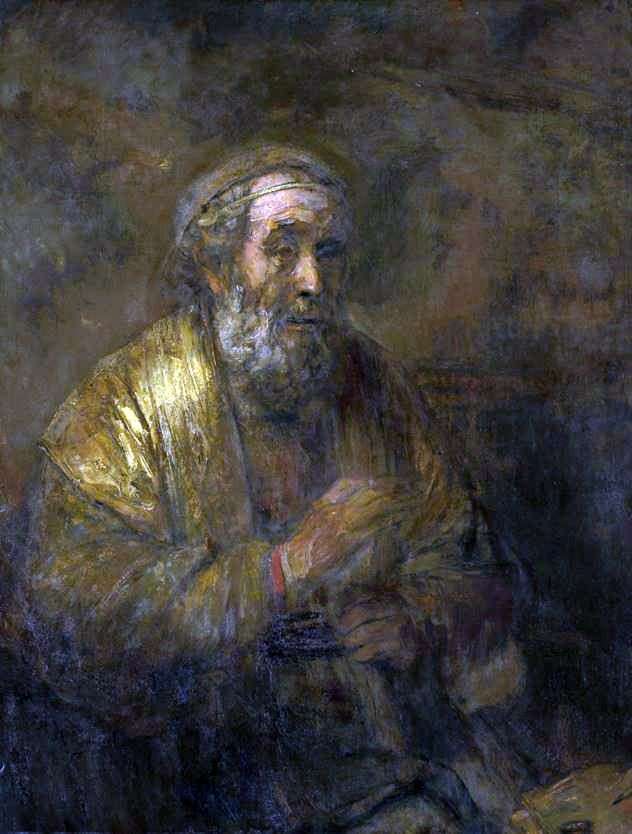
BEFORE NAMI THAT, that survived from the big picture, damaged during the fire and cut down to the real sizes. In one of Rembrandt’s drawings, apparently a trial sketch, the poet dictates the poem to the scribe, who, therefore, was sitting on the right.
It is known that Homer, who stood at the origins of ancient Greek literature, the author of the Iliad and the Odyssey, was blind, therefore he resorts to the services of a scribe. Rembrandt sketched the poet from an antique bust, which also appears in the painting “Aristotle with a bust of Homer”, intended for the rich Neapolitan customer Antonio Ruffo from Messina.
Ruffo ordered and “Homer.” In 1661, Rembrandt sent him for approval unfinished, and Ruffo sent the painting back the following year; then, after long trades, the portrait was modified and sent to Messina in 1663.
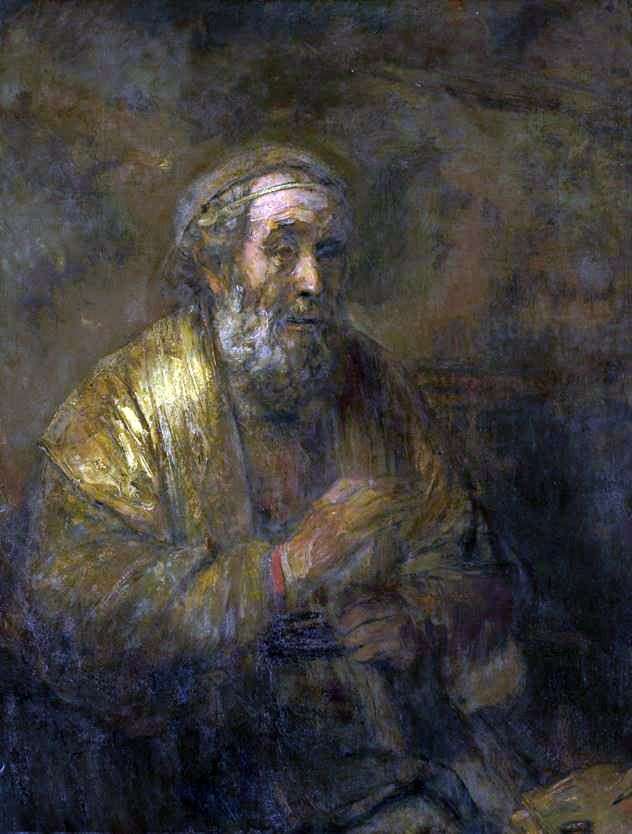 Homero – Rembrandt Harmens Van Rhine
Homero – Rembrandt Harmens Van Rhine Aristotle with a bust of Homer by Rembrandt Harmens Van Rhine
Aristotle with a bust of Homer by Rembrandt Harmens Van Rhine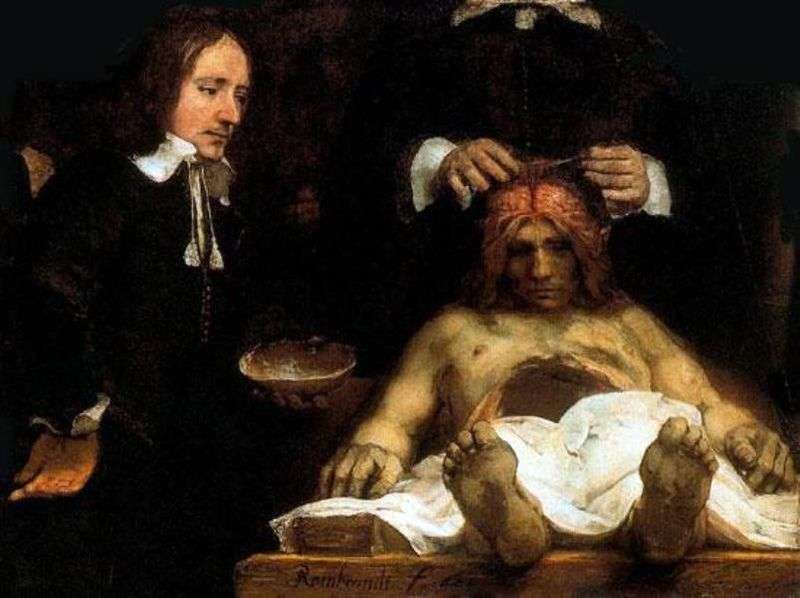 Dr. Deiman’s Anatomy Lesson by Rembrandt Harmens Van Rhine
Dr. Deiman’s Anatomy Lesson by Rembrandt Harmens Van Rhine Homère – Rembrandt Harmenszoon Van Rijn
Homère – Rembrandt Harmenszoon Van Rijn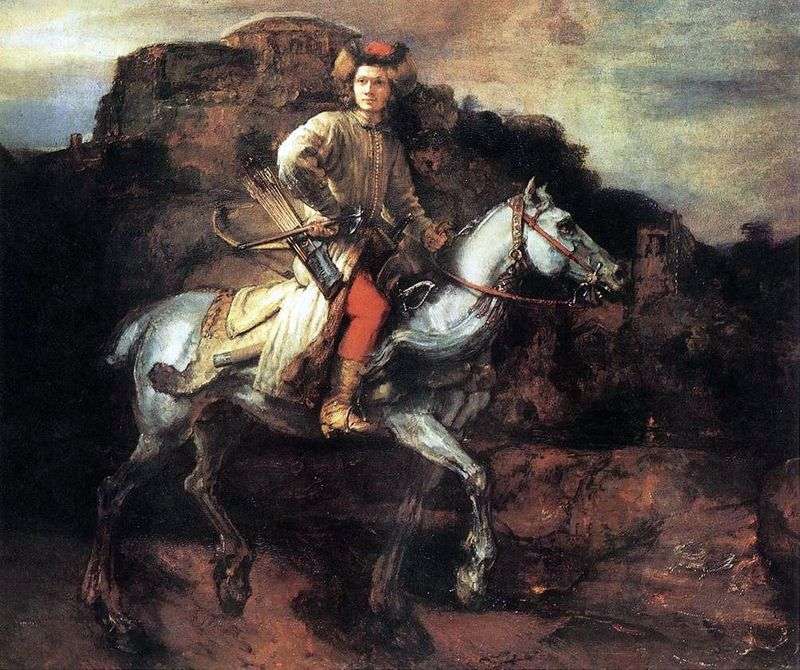 Polish Horseman by Rembrandt Harmens Van Rhine
Polish Horseman by Rembrandt Harmens Van Rhine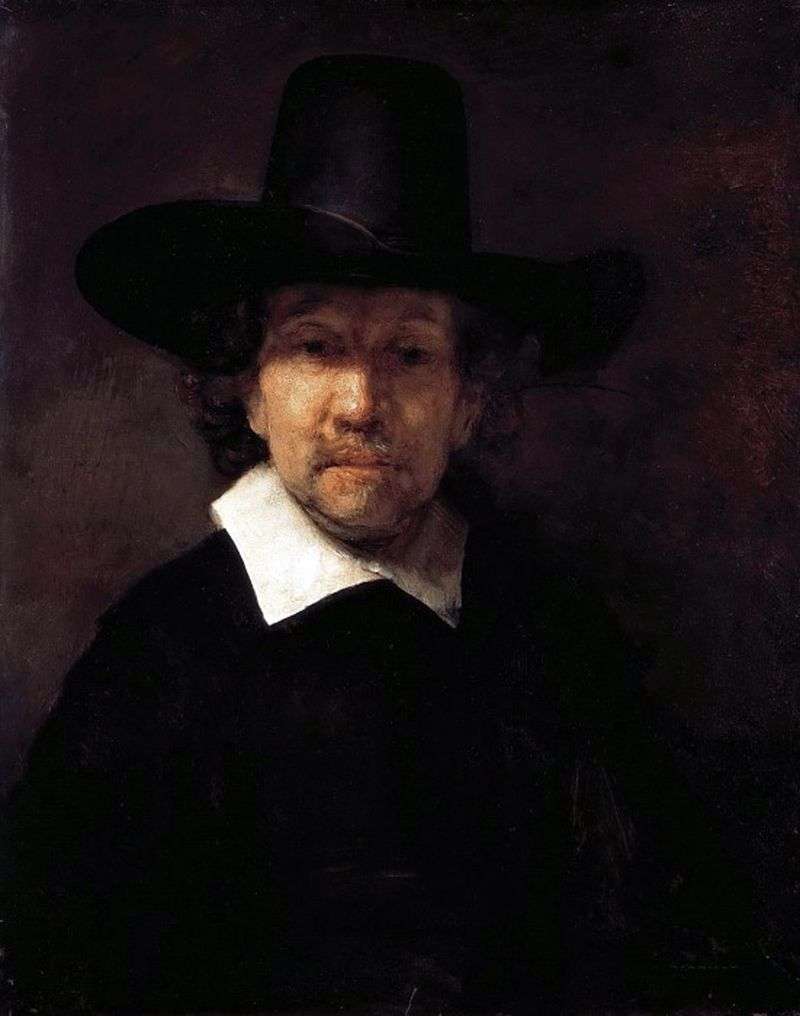 Portrait of Jeremiah Dekker by Rembrandt Harmens Van Rhine
Portrait of Jeremiah Dekker by Rembrandt Harmens Van Rhine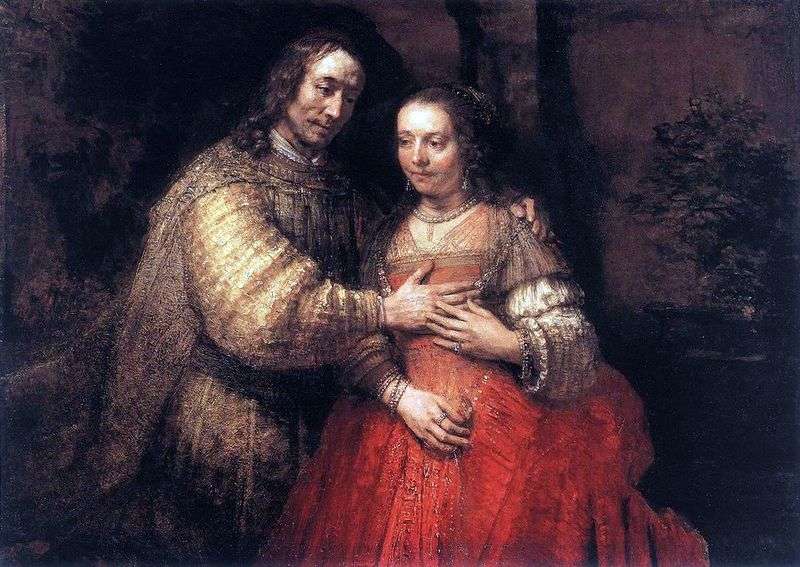 Jewish Bride by Rembrandt Harmens Van Rhine
Jewish Bride by Rembrandt Harmens Van Rhine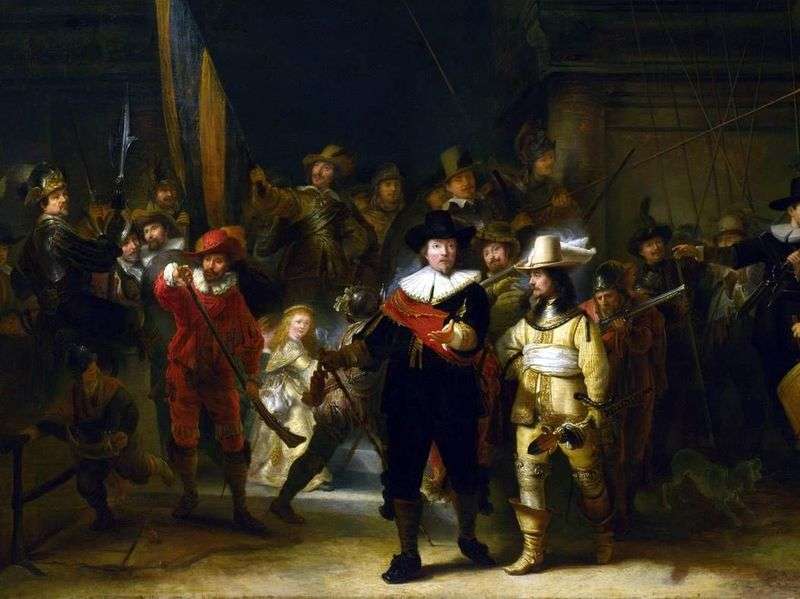 Night Watch by Rembrandt Harmens Van Rhine
Night Watch by Rembrandt Harmens Van Rhine